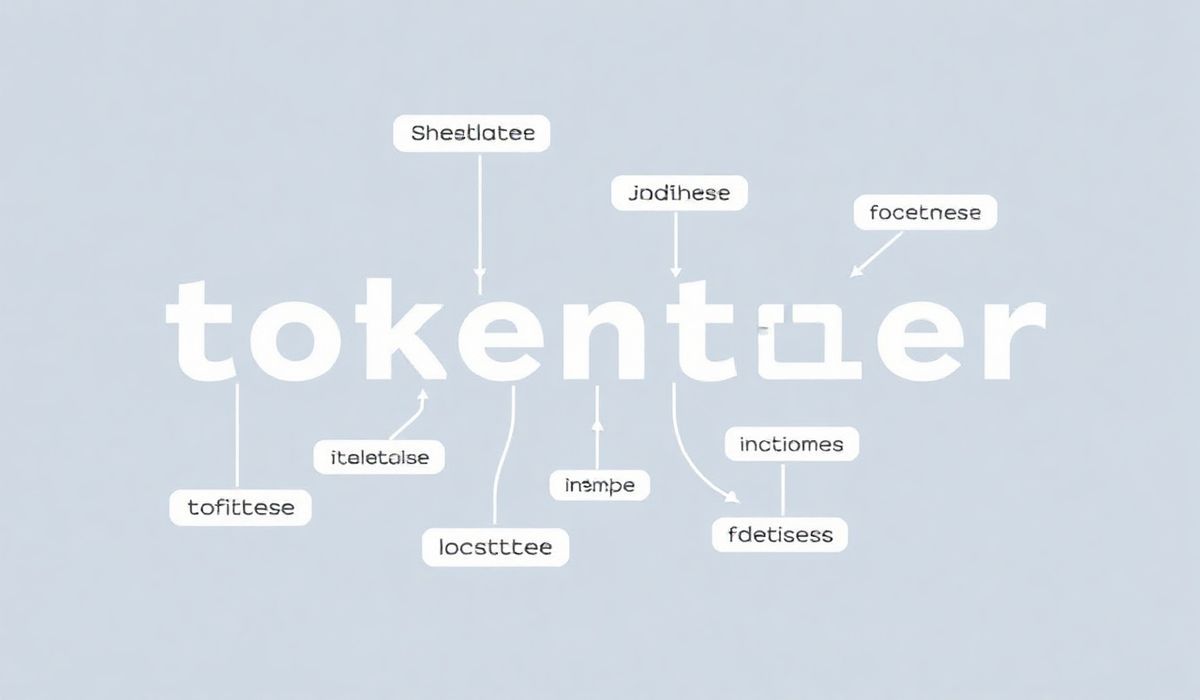Introduction to Dependency Check
Dependency Check is a powerful tool for identifying vulnerabilities in project dependencies. By integrating this tool into your build process, you can ensure that your project is secure from known vulnerabilities. In this article, we will explore dozens of useful APIs and provide code snippets to help you get started with Dependency Check.
Installation
To start using Dependency Check, you first need to install it. You can do this via the following command:
npm install -g dependency-check
Basic Usage
Here’s a simple example of how to use Dependency Check:
dependency-check . --unused --no-dev
This command will check for unused dependencies in your project and exclude development dependencies.
API Examples
Using Configuration Files
You can set up a configuration file to customize Dependency Check. Below is an example of a configuration file:
{
"failBuildOnCVSS": 7,
"suppressionFile": "owasp-suppression.xml",
"scanRetireJS": true
}
Generating Reports
Dependency Check allows you to generate various reports. To generate an HTML report, use the following command:
dependency-check --format HTML --out ./dependency-check-report.html
Integrating with Build Tools
You can integrate Dependency Check with popular build tools like Maven and Gradle.
For Maven:
<plugin>
<groupId>org.owasp</groupId>
<artifactId>dependency-check-maven</artifactId>
<version>6.3.2</version>
<executions>
<execution>
<id>check</id>
<goals>
<goal>check</goal>
</goals>
</execution>
</executions>
</plugin>
For Gradle:
plugins {
id "org.owasp.dependencycheck" version "6.3.2"
}
dependencyCheck {
failBuildOnCVSS = 7
suppressionFile = 'owasp-suppression.xml'
scanRetireJS = true
}
Example Application
Let’s create a simple Node.js application with a vulnerable dependency and see how Dependency Check helps us identify it.
First, initialize a Node.js project and add the ‘express’ package:
mkdir myapp cd myapp npm init -y npm install express
Next, create a simple server using Express:
const express = require('express');
const app = express();
const port = 3000;
app.get('/', (req, res) => {
res.send('Hello, world!');
});
app.listen(port, () => {
console.log(`App is running at http://localhost:${port}`);
});
Now, run Dependency Check to find any vulnerabilities in our dependencies:
dependency-check . --format HTML --out ./dependency-check-report.html
Open the generated report to view any vulnerabilities and take appropriate actions to secure your application.
Hash: e39ba33e39ec1de47eb83e79d1d1ca471795c892eabae988c82528c551b13de0




